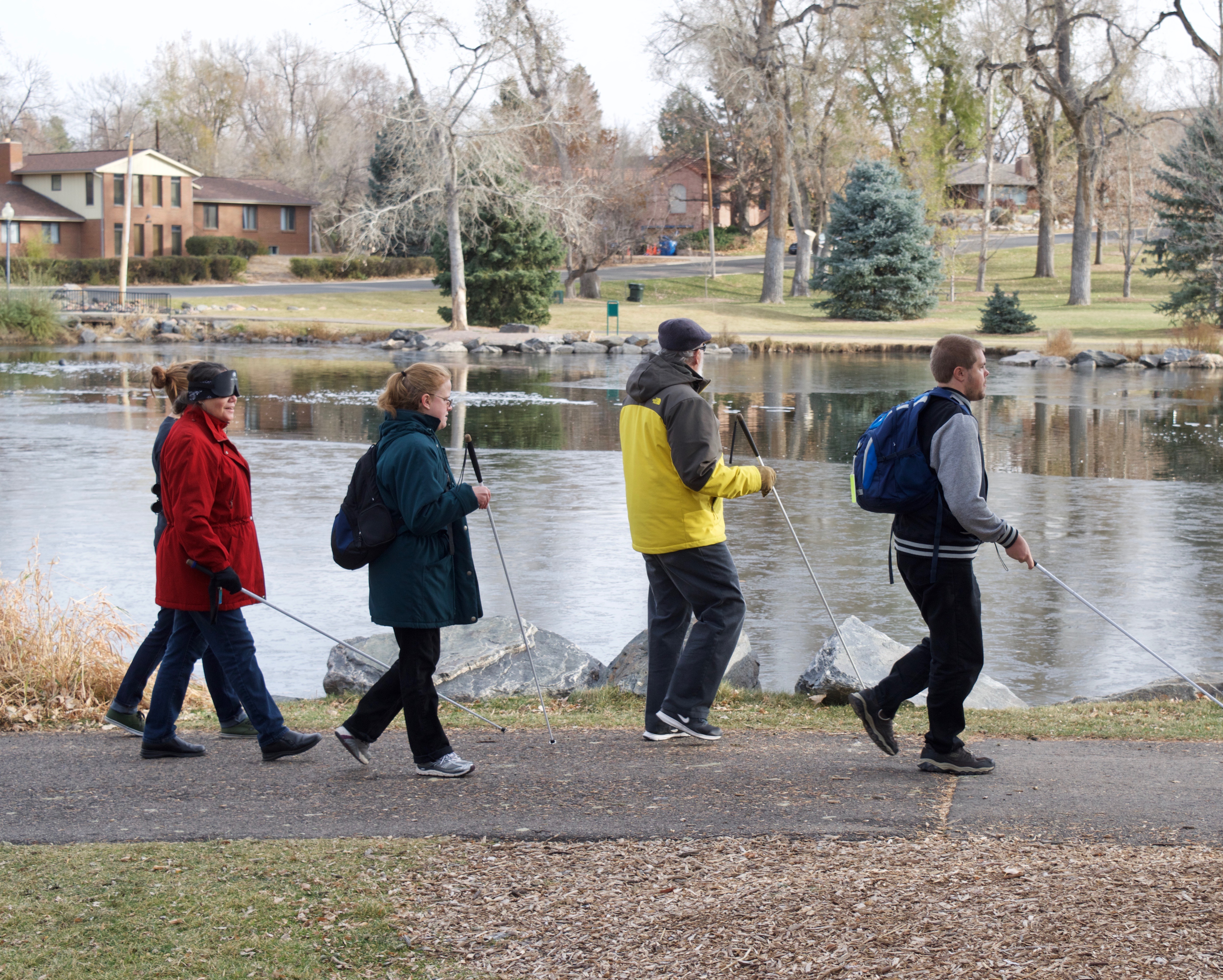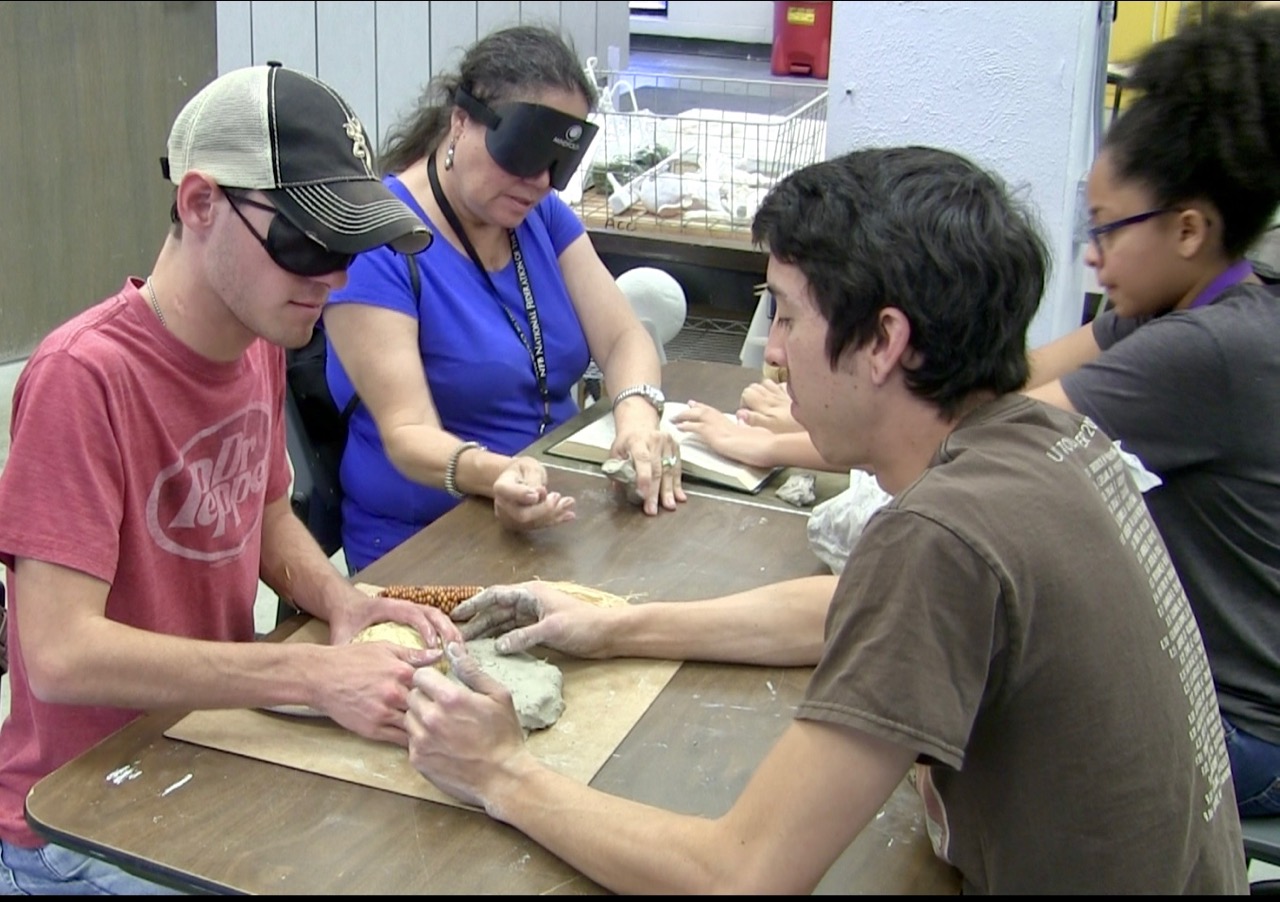Every year, Professor Harrison arrives about an hour before the class is to begin and lays out the specimens – about a dozen dog sharks or dogfish, all between two and three feet in length. Along with them are scalpels, probes and vinyl gloves. At some point in the morning, we’ll learn that sharks don’t sleep—they can’t stop moving water over their gills or they’ll suffocate, and that in the UK and Ireland it’s a fair chance that they are the main ingredient of your fish and chips.
After examining the outer anatomy, like dorsal fins, tail, nose and gills, it’s time to turn the sharks over and make an incision. Inside the body cavity students found the lungs, heart, stomach, liver and sex organs. At least two of the sharks had the undigested remains of their last meal.
This year’s group included about nine kids and a fair sprinkling of our own students as both learners and mentors.




